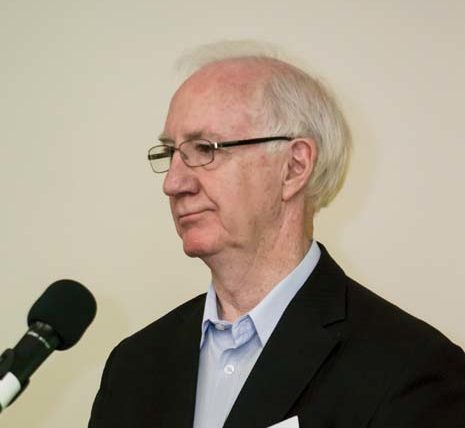
POLITICAL parties have been called on to release their green wedge and planning policies to re-affirm the protection of green wedge zones well before the November state election.
RMIT University’s Professor Michael Buxton told last week’s Mornington Peninsula Green Wedge Summit that planning and population management was a “hot issue impacting on the community”.
He said some of Victoria’s most important environmental assets, such as the green wedge zones, would face increasing pressures.
“Greater Melbourne’s population explosion highlights the strategic value of the decisions taken in the 1960s to create the green wedges and, also, the importance of bipartisan support for strengthening long term planning controls,” Prof Buxton, who is regarded as one of Australia’s most respected planning commentators, said.
“Although green wedges are set aside as non-urban land through the planning scheme, they are subject to intense pressures for urban development and change.”
Prof Buxton said these competing pressures included urban development, hobby farms, tourism, intensive agriculture and infrastructure, all exacerbated by the green wedge areas’ closeness to metropolitan Melbourne.
“Green wedge zones are increasingly being recognised for their major contribution to community health and wellbeing as development pressures dramatically increase living densities in residential areas with the abolition of local planning laws,” he said.
“In the case of greater Melbourne and Victoria, the Mornington Peninsula Green Wedge is a major health, agriculture, tourism and employment asset.”
Prof Buxton criticised the state government for last year – “without any notice” – changing planning regulations to allow the owners of 24,000 housing sites in Mornington Peninsula Shire – a quarter of those available – an automatic right to build new, or renovate existing, homes into three storey “McMansions” in low-scale townships and coastal villages.
“The high use of general residential zoning in urban areas, at 76 per cent, will increasingly lead to multi-unit development with even greater impact on vegetation, road congestion and lowering of existing residential amenity and environment – the very reason people had made the location their home,” he said.
“This is a repeat of the same current planning ministry height strategy in suburban Melbourne that has led to a major surge in oversized housing taking up all of a site and dwarfing the neighbours.
“This ultimately sees the disappearance of trees in urban areas and loss of neighbourhood environment and amenity.
“In Mornington Peninsula Shire, the imposition of three-storey homes in traditionally small scale residential areas could lead to major urbanisation on the boundaries of the green wedge throughout the peninsula’s historic coastal villages and townships.”
Prof Buxton said all councils with green wedge areas should be prepared for extra development pressure in the future. He said strong local community support was vital in maintaining environmental integrity for future generations.
First published in the Southern Peninsula News – 26 June 2018



